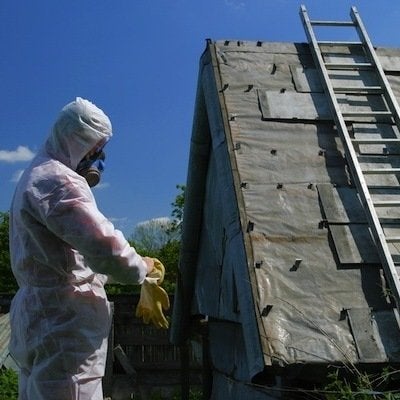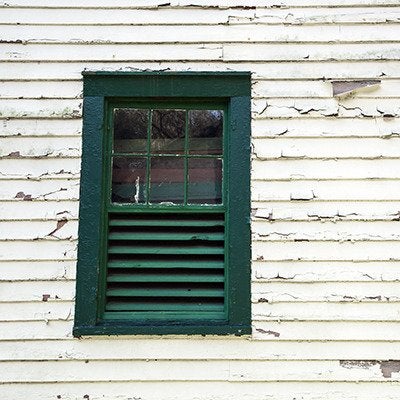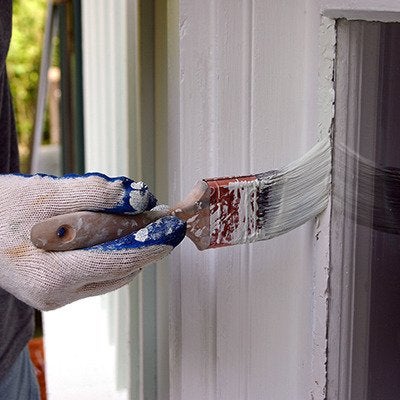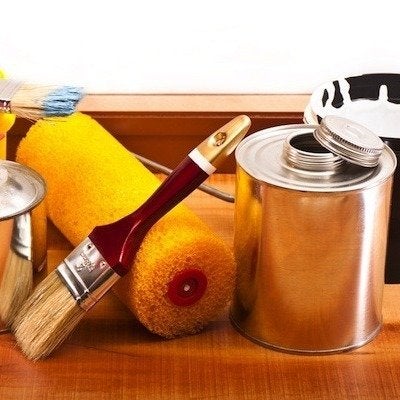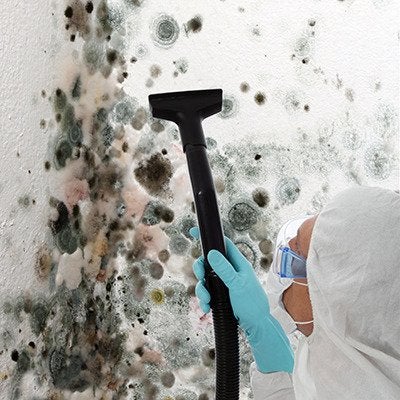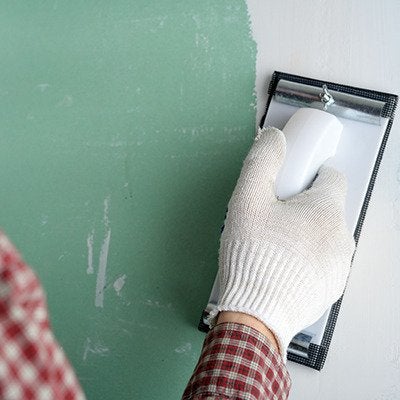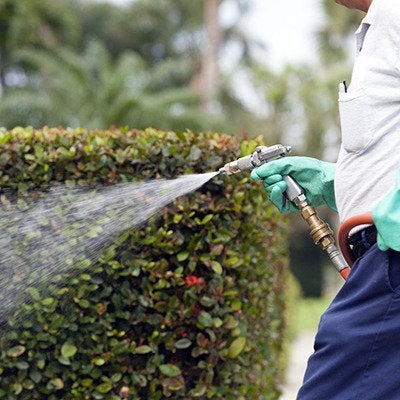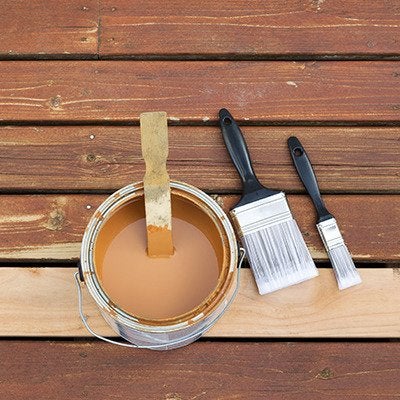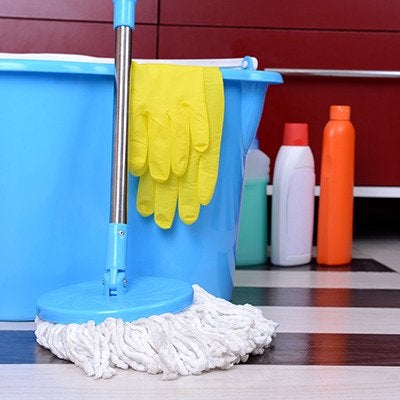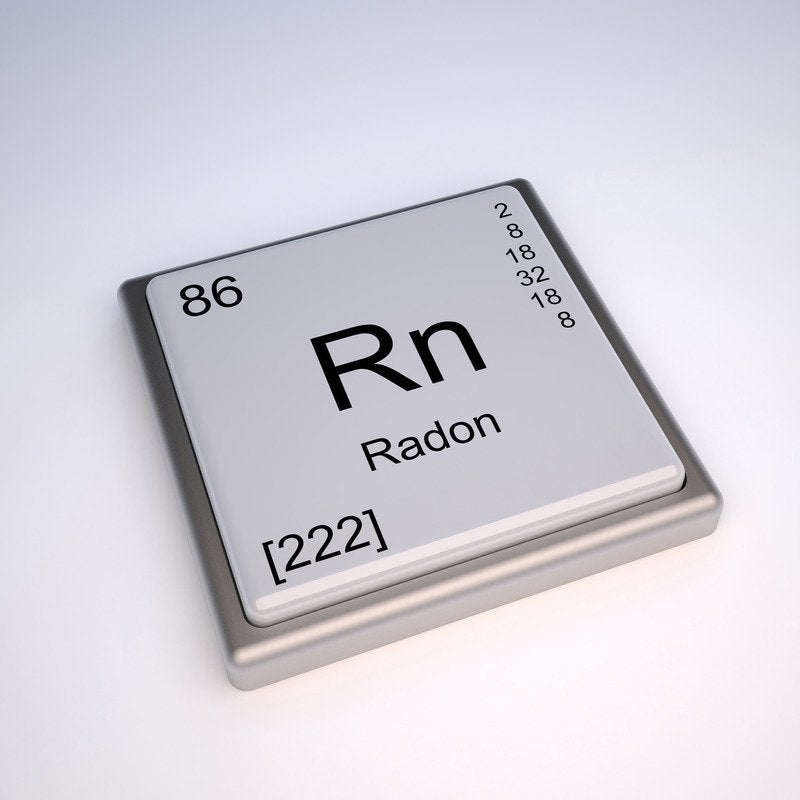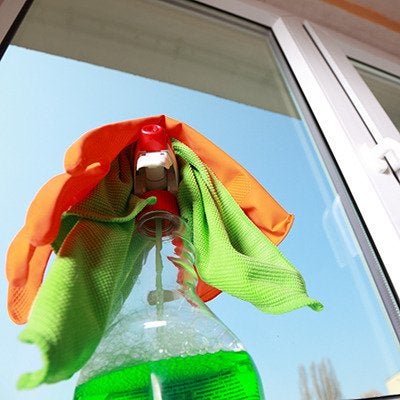Is Your House Ruining Your Health ?
Home has traditionally been viewed as a sanctuary, a place of refuge from the dangers and uncertainties lurking in the outside world. As safe and secure as we try to make our homes, hidden perils can sometimes still find their way inside. According to the U.S. Environmental Protection Agency, as many as 6 out of 10 homes and buildings are actually hazardous to human health. Consider also that, according to the Greenguard Environmental Institute, most people spend about 90 percent of their time indoors, where air pollution levels are typically two to five times higher than they are outdoors. The primary contributors to poor indoor air quality are furnishings and building materials, which release hundreds of volatile organic compounds (VOCs) into the air. Because prevention is the first step toward a cure, here we highlight some of the most common sources of indoor health hazards and offer a few practical alternatives that can lessen your family’s exposure to household toxins.
-
Asbestos
Once an extremely common building material, asbestos is often found in older homes, particularly in shingles, ceiling tiles, and flooring. This durable, fire-resistant material is composed of microscopic fibers. If these fibers become airborne they can be trapped in the lungs, where they can cause a host of health problems. Professional asbestos testing and removal can protect you from this substance’s ill effects.
-
Lead
Another common contaminant in older homes is lead, a toxic metal that was once widely used in paints. It poses particular danger for children, who may ingest chips of flaking paint and dust from window frames or door moldings. Lead poisoning can lead to developmental delays, learning disabilities, and harm to the nervous system, so it’s imperative to eliminate the contamination from your home and choose lead-free materials going forward.
-
Paint
While today’s paints no longer contain lead, they do contain VOCs, which can off-gas, irritating the eyes, nose, and throat. Fumes from oil-based paints are typically the worst offenders; these paints are therefore usually reserved for outdoor projects and small-scale indoor uses where their hard, glossy finish is preferred. Latex paints, which produce fewer odors, are most commonly used indoors. Many companies now offerlow-VOC paints that have fewer toxic fumes.
-
Solvents
Cleanup after a painting project can also mean exposure to harmful VOCs, resulting in headaches and dizziness. Paint thinners and other solvents typically contain high levels of VOCs, which can permeate indoor air and furnishings. There are numerous “green” solvents on the market that are designed to eliminate paint, grease, and oil without harmful side effects.
-
Mold
One of the most prevalent causes of household illness is mold, which can lurk in damp environments, including basements, carpeting, the areas under sinks, or even in wall and ceiling insulation. This living organism gives off airborne spores, which can cause allergic reactions as well as respiratory and skin problems. Eliminating any damp conditions in your home is the key to prevention.
-
Formaldehyde
Commonly used in drywall, engineered woods, paneling, and other construction materials, this chemical preservative is linked to myriad health problems, including eye, nose, throat, and sinus issues. Many manufacturers today are marketing formaldehyde-free products to avoid these potential health hazards.
-
Flame Retardants
The average American home contains multiple sources of toxic flame-retardant chemicals—called polybrominated diphenyl ethers, or PBDEs—because they are widely used in carpeting, upholstery, draperies, and other textiles, as well as in foam insulation, electronics, and plastics. PBDEs have been linked to cancer and reproductive disorders. In the past, the use of these chemicals was mandated by law; today, however, there are less-toxic alternatives available.
-
Herbicides and Pesticides
Although most of these chemicals are put to work outside the house to prevent unwelcome visitors in the garden and lawn, they can enter the house on shoes and clothing, and even in the air. Many of these substances can cause illness in people and pets, so it is best to seek out natural pest control options and enforce a leave-the-shoes-at-the-door policy.
-
Treated Lumber
Treated lumber is a popular choice for decks, fences, and other outdoor projects because the wood is durable, long-lasting, and resistant to weather and insects. Treated lumber, however, is filled with chemicals—insecticides, fungicides, arsenic, and copper to name a few—which can cause a range of health problems, including cancer. Naturally durable woods like redwood or cedar may be a healthier alternative.
-
Cleaning Products
It turns out that many bath and kitchen cleansers contain chemicals that are dangerous to the skin and eyes, and often produce fumes that can irritate the nose and throat. Fortunately, nontoxic cleansers like vinegar, lemon juice, and baking soda enable you to remove dirt without adding danger.
-
Radon
Although you can’t see, smell or taste radon, this highly radioactive gas can move up through the ground and into your home through cracks and holes in the foundation. It is the second leading cause of lung cancer in the US, so measures to mitigate the gas are crucial. There are plenty of inexpensive DIY radon kits in the marketplace, but you may want to hire a qualified tester, especially when buying or selling a home.
-
For More…
If you’re interested in more about home hazards, consider:
8 Home Hazards—and How to Mitigate Them
10 Pretty Plants You Didn’t Know Were Poisonous
The Power Outage Survival Guide



